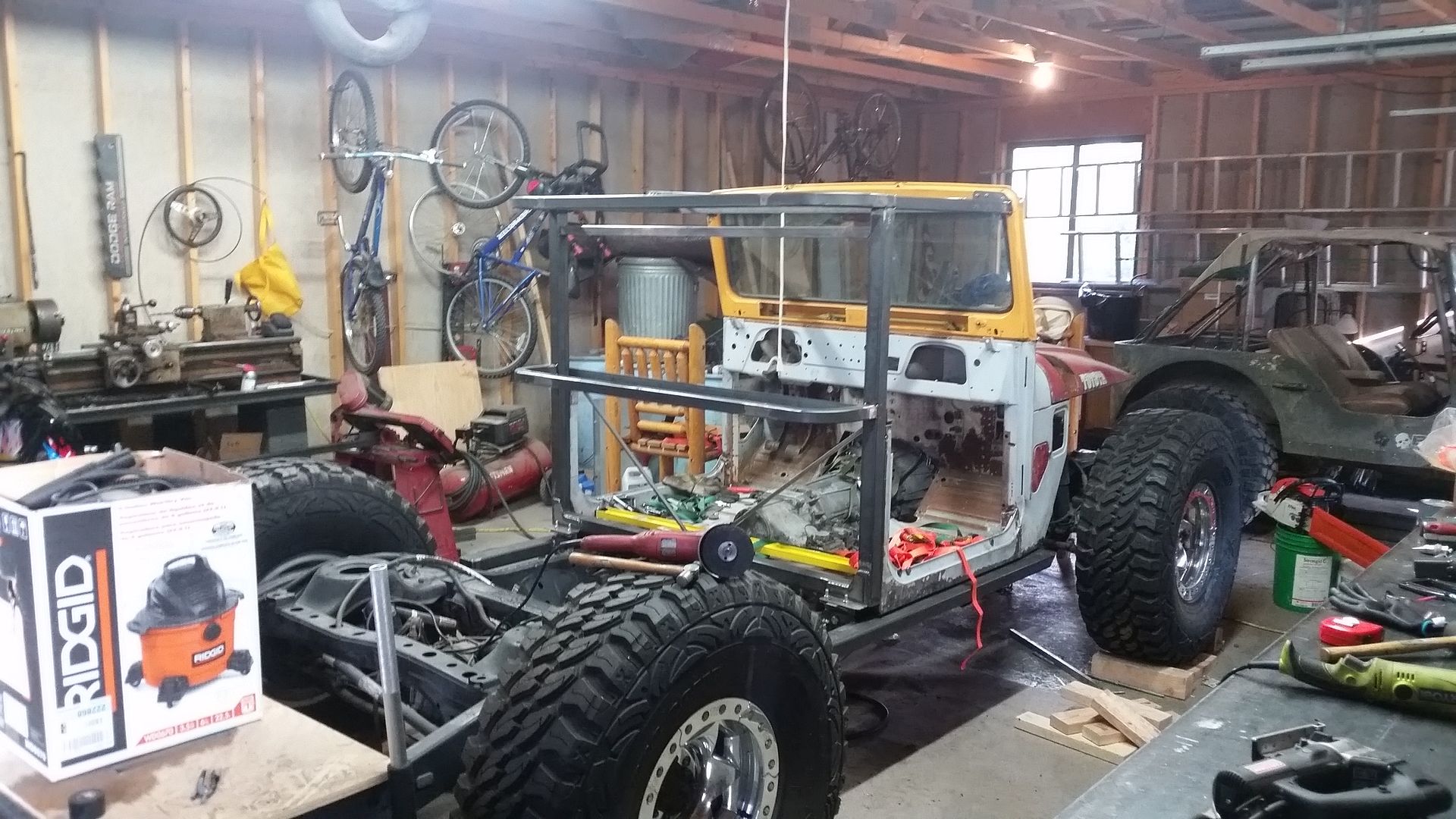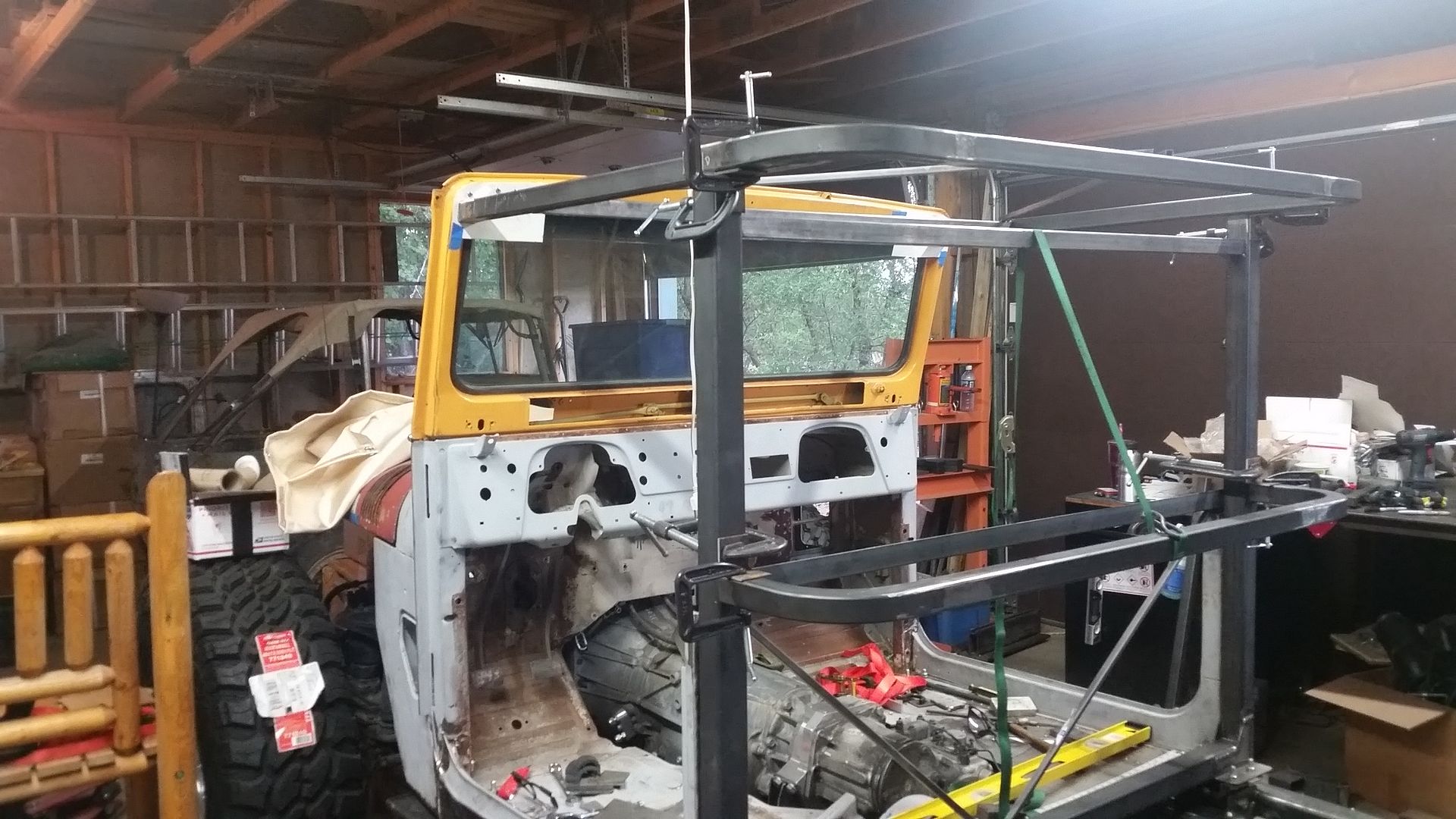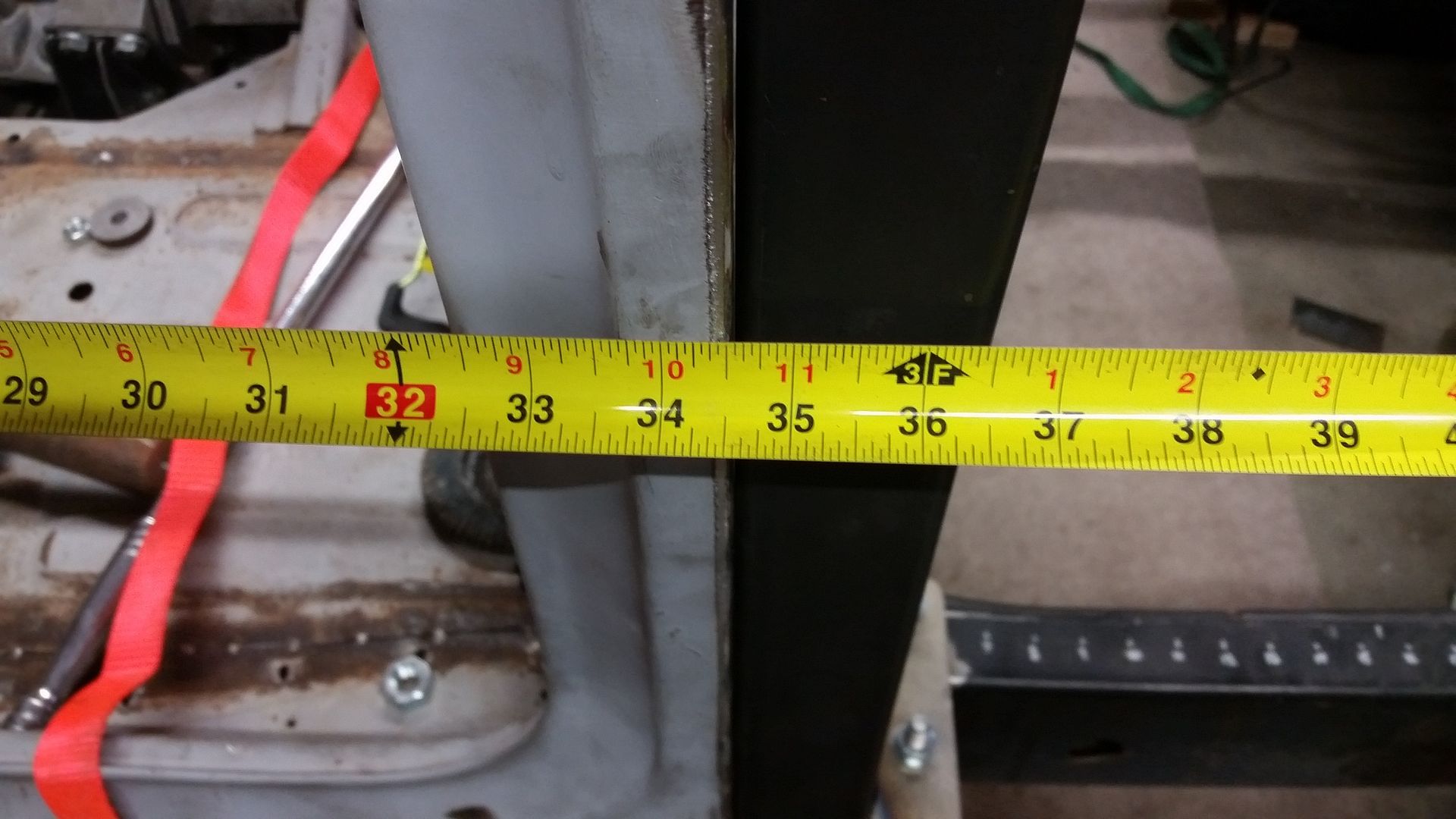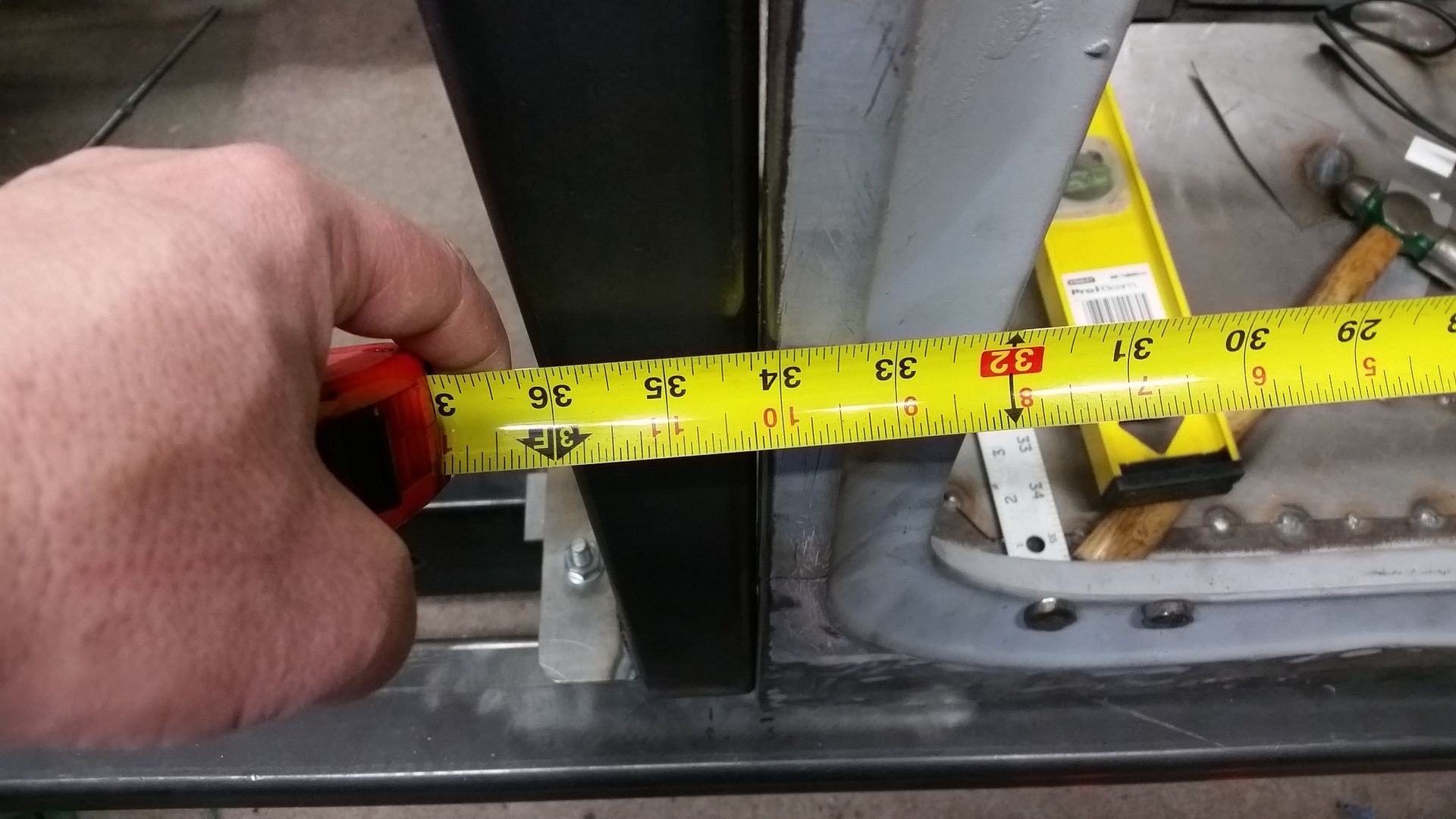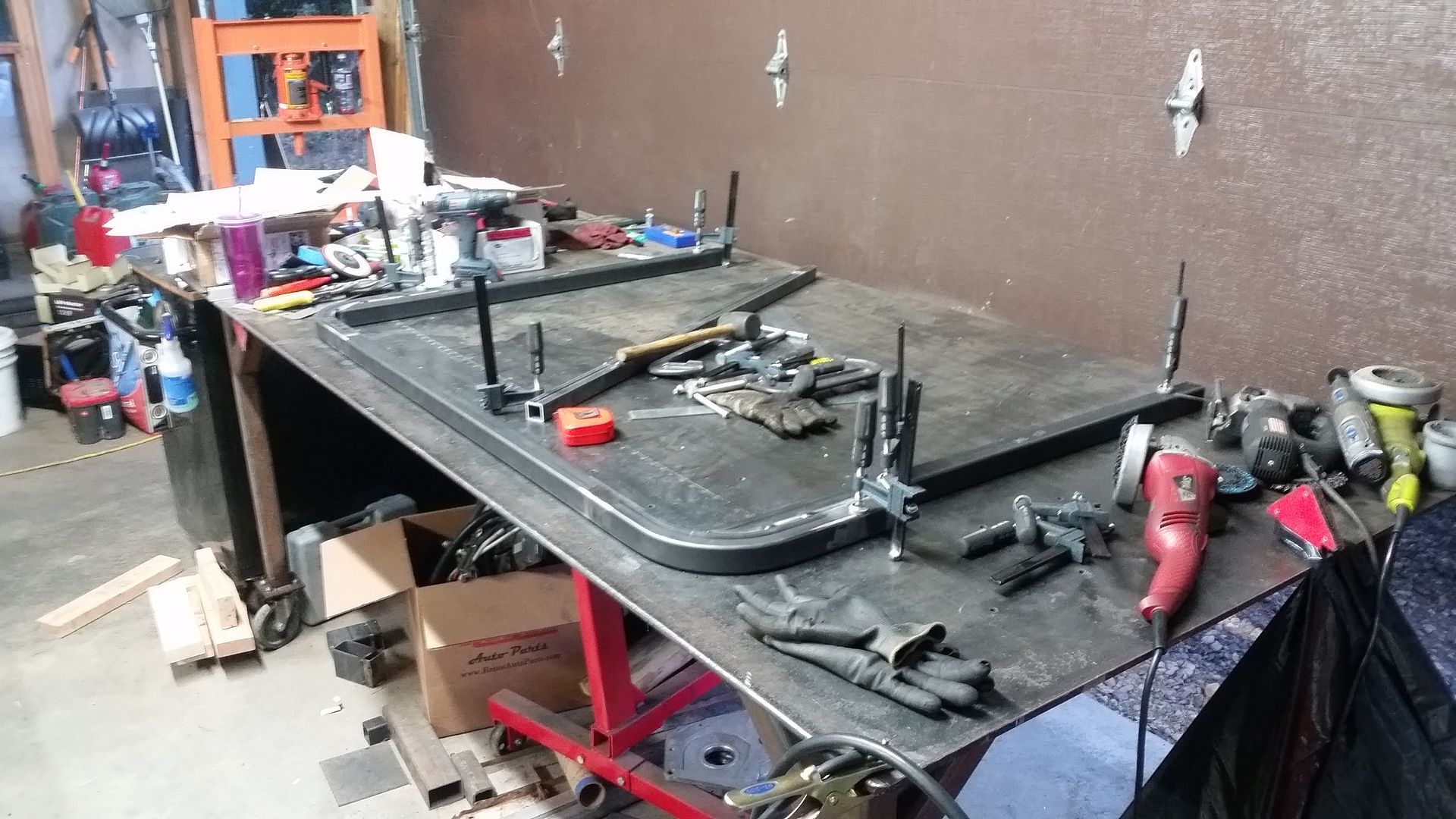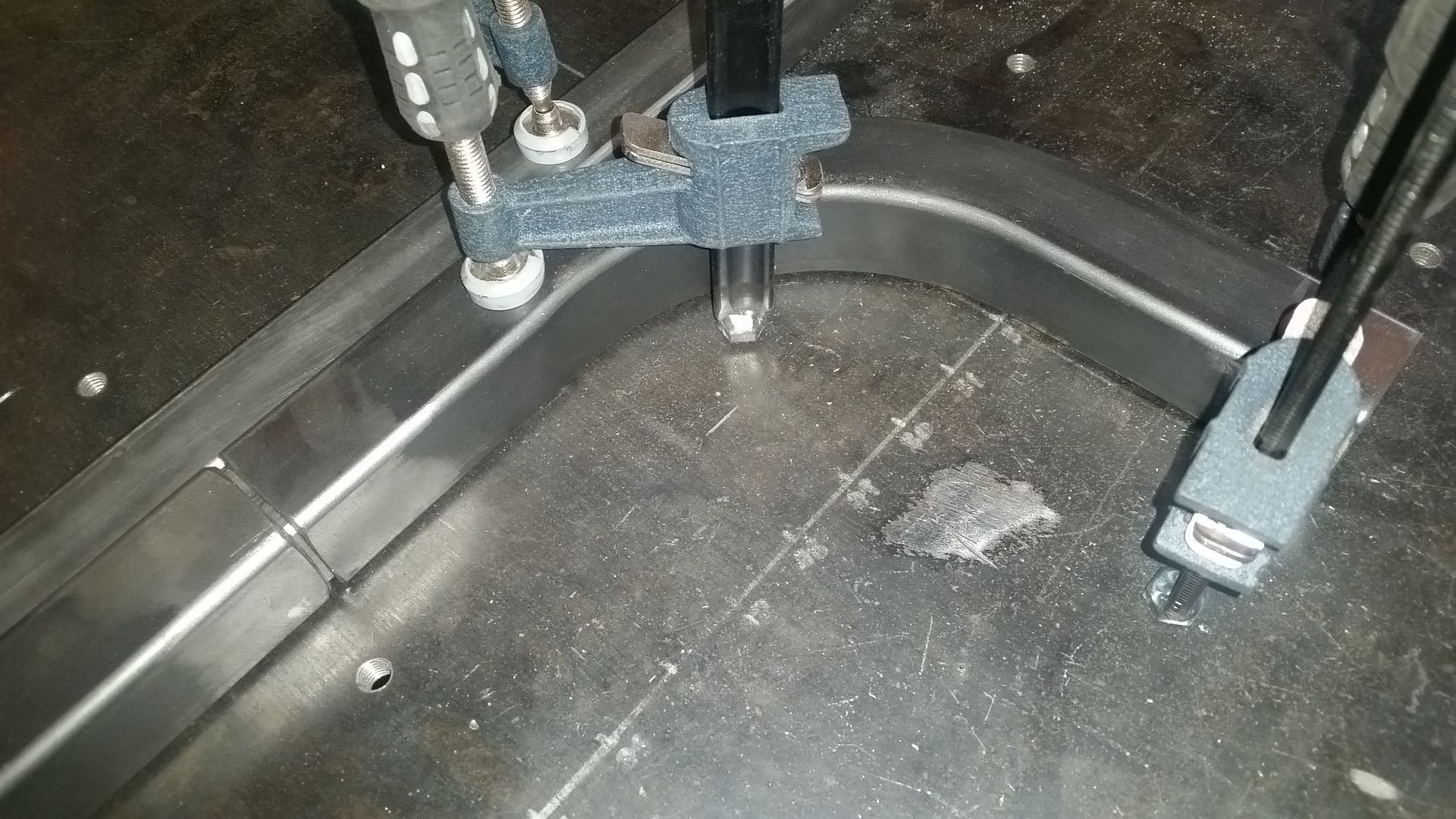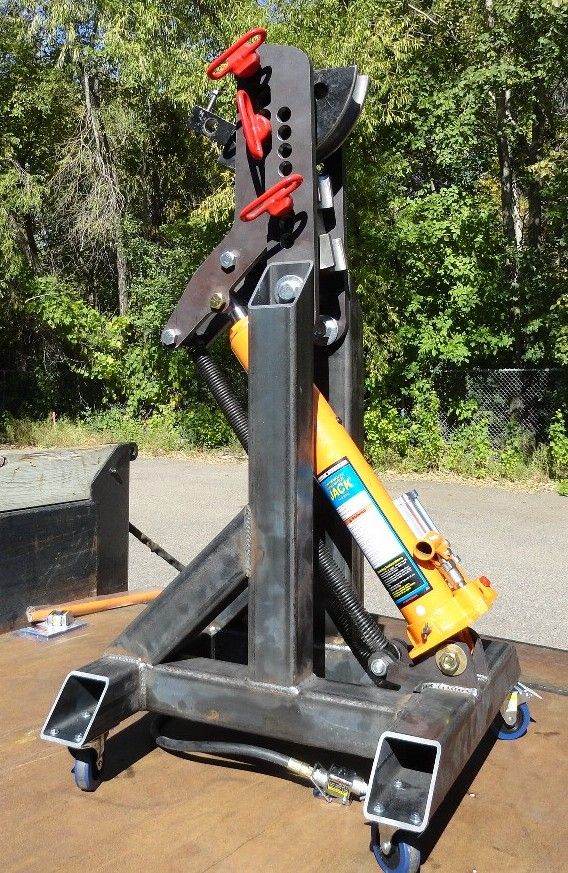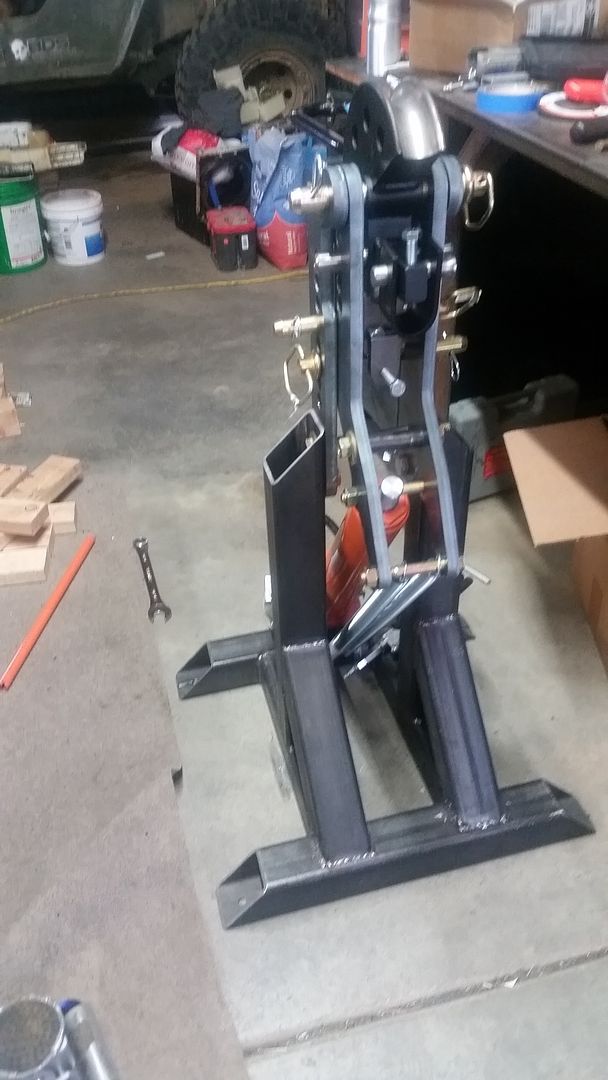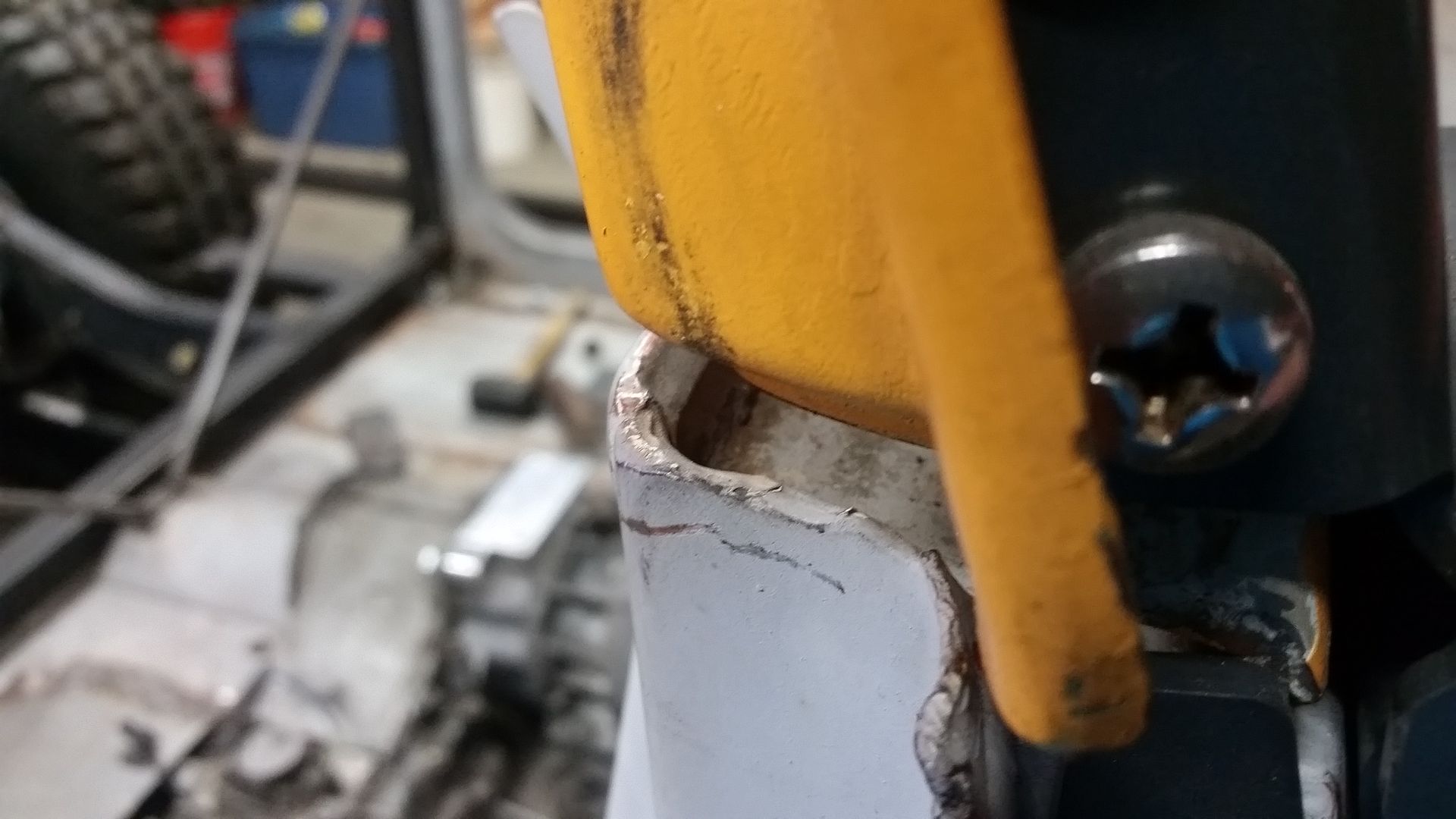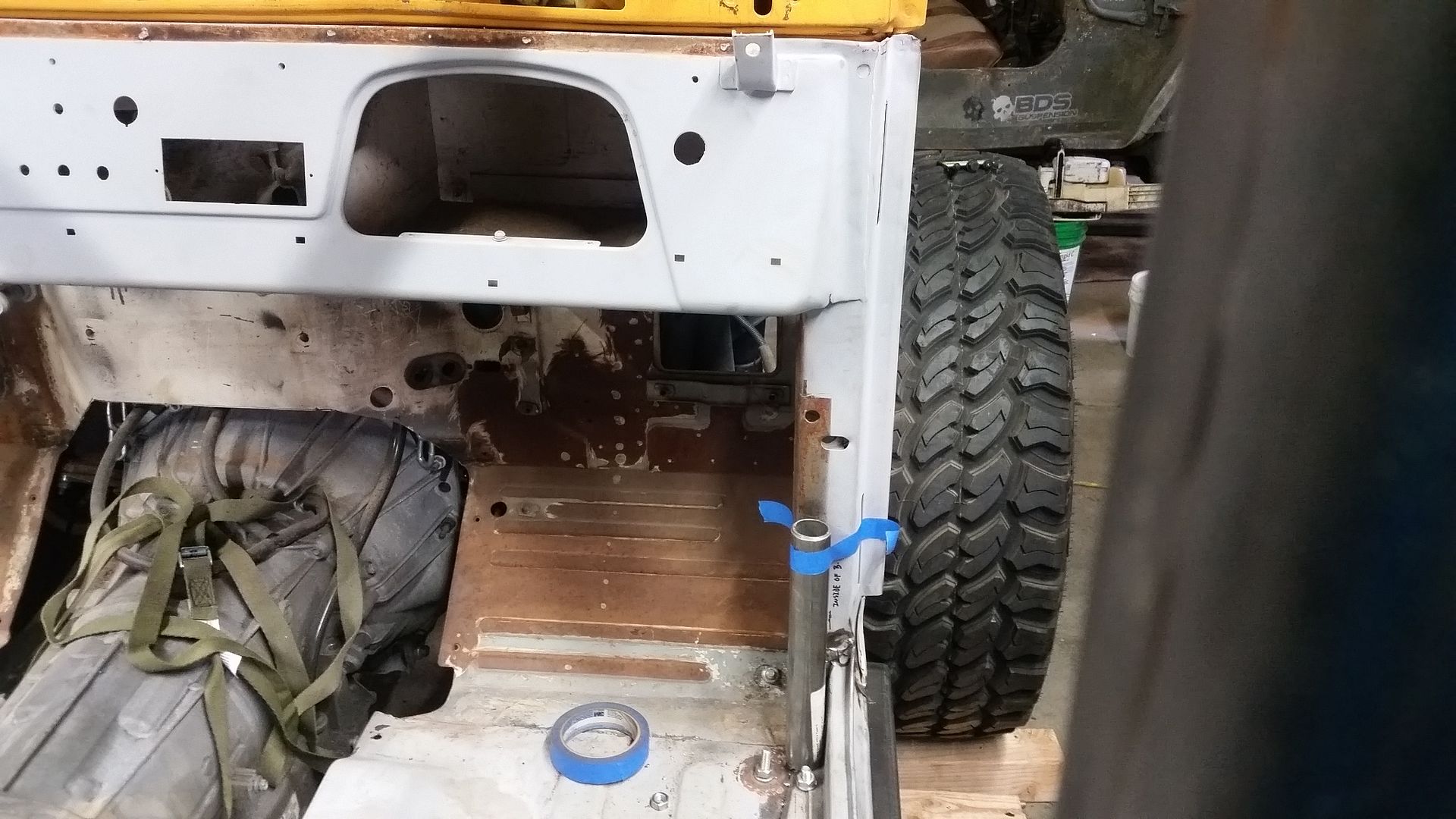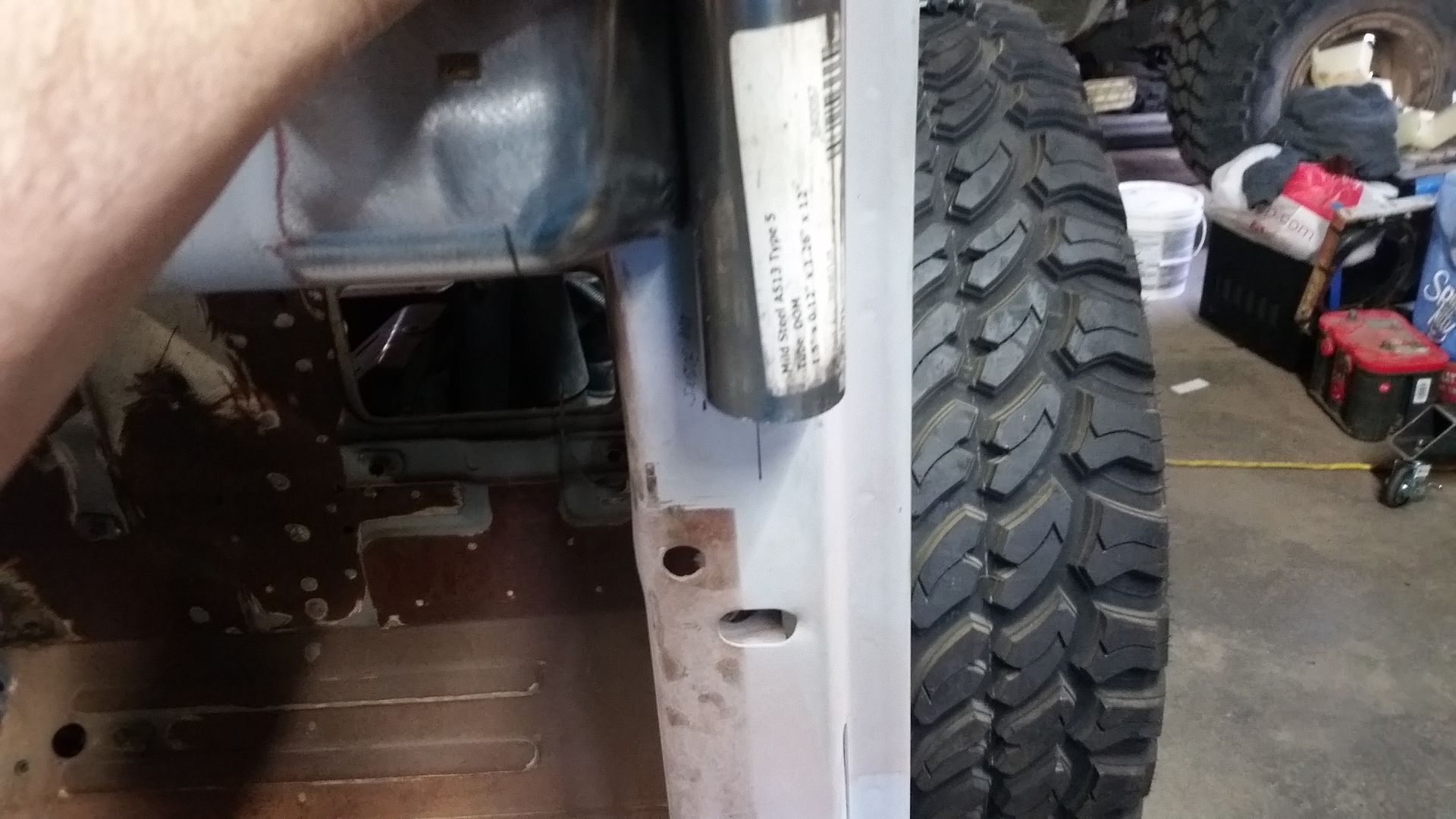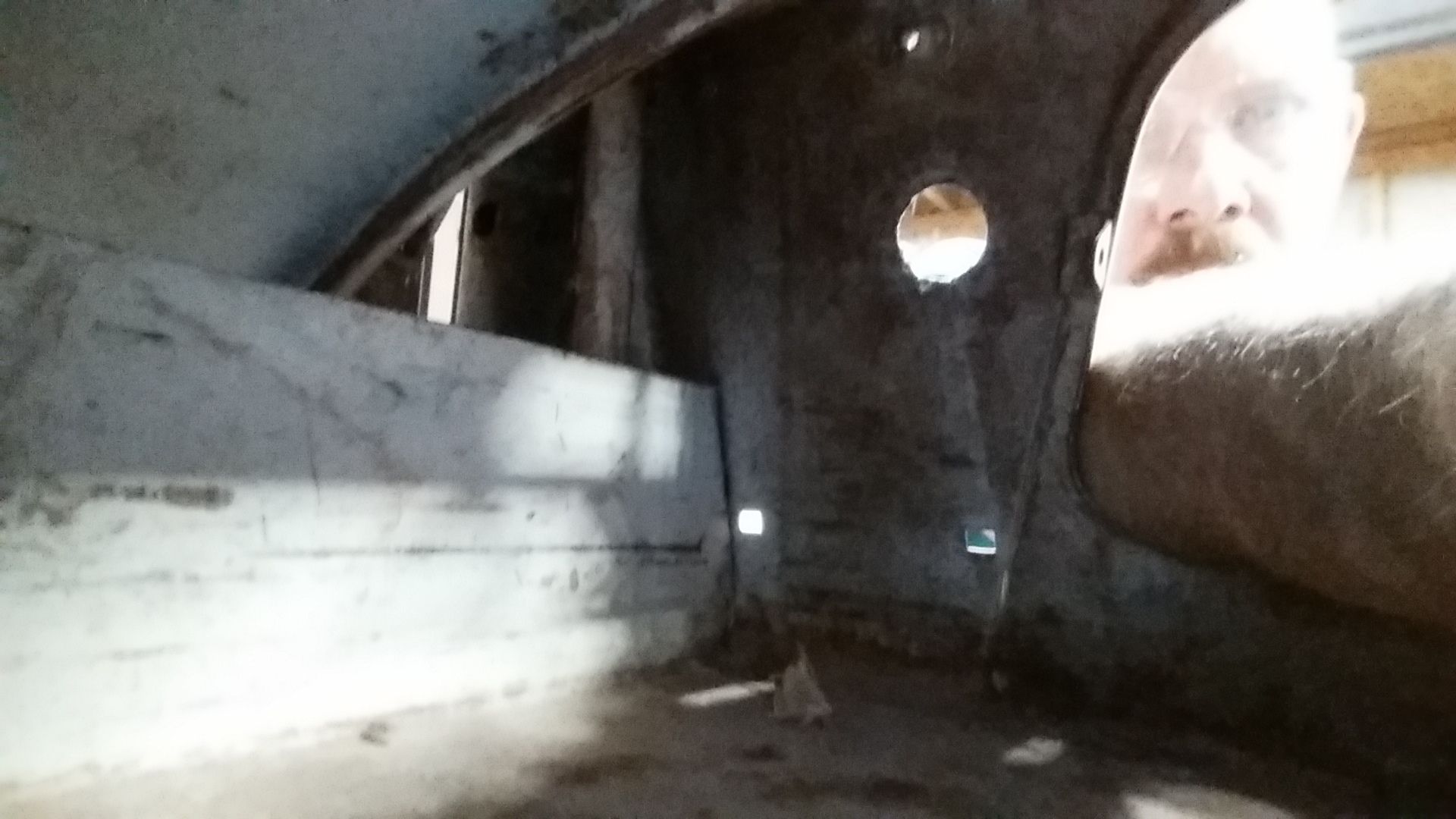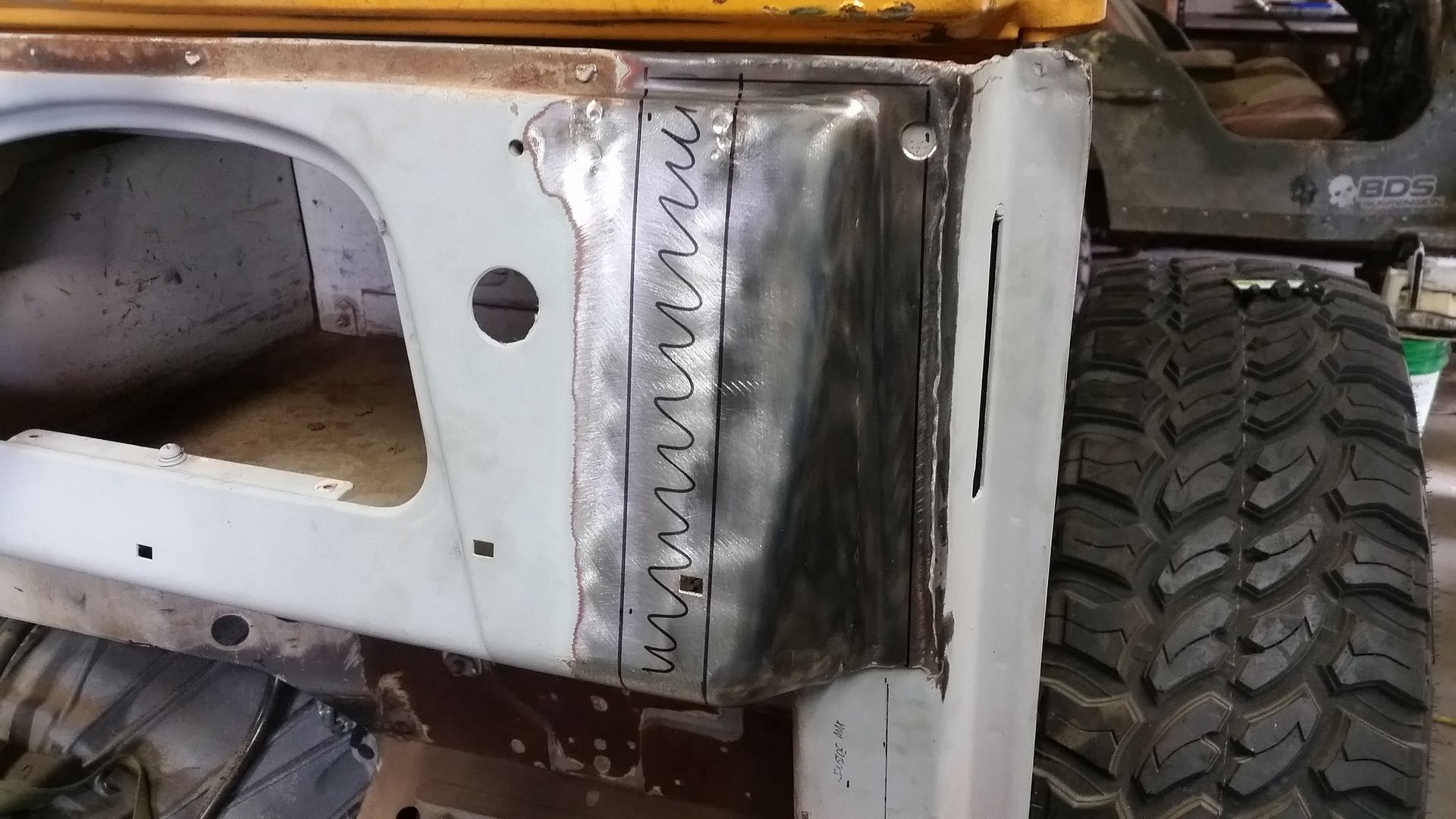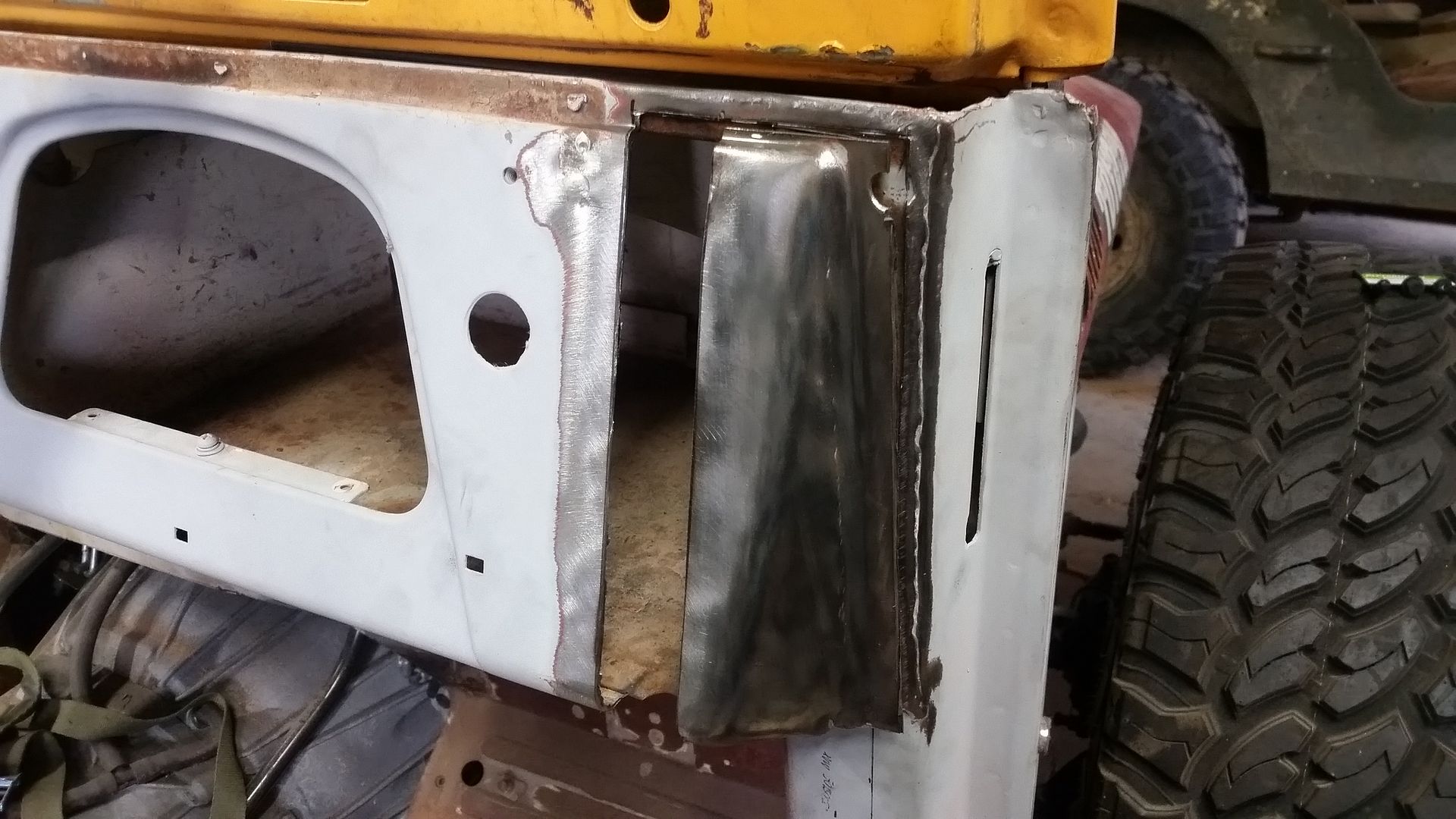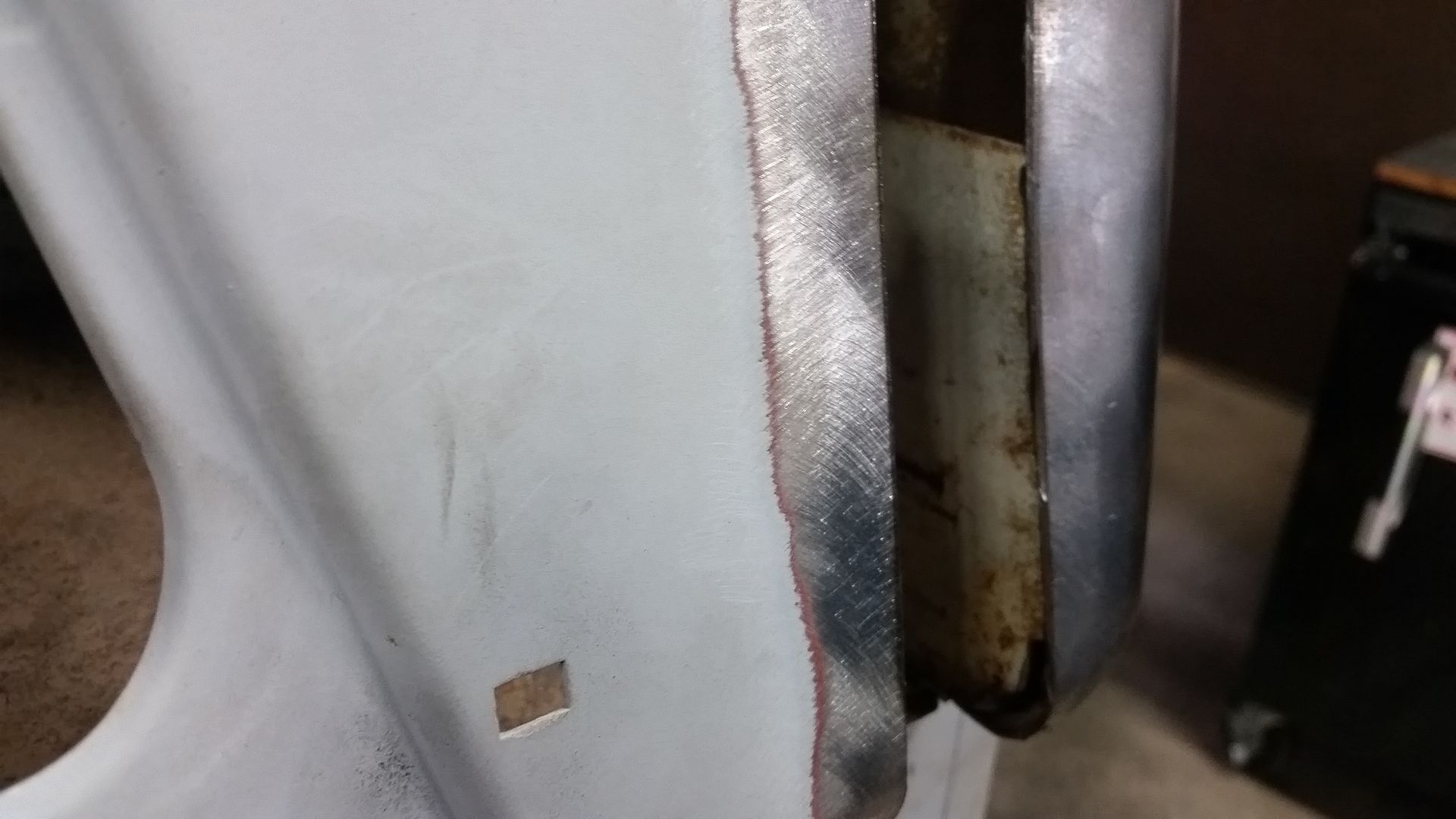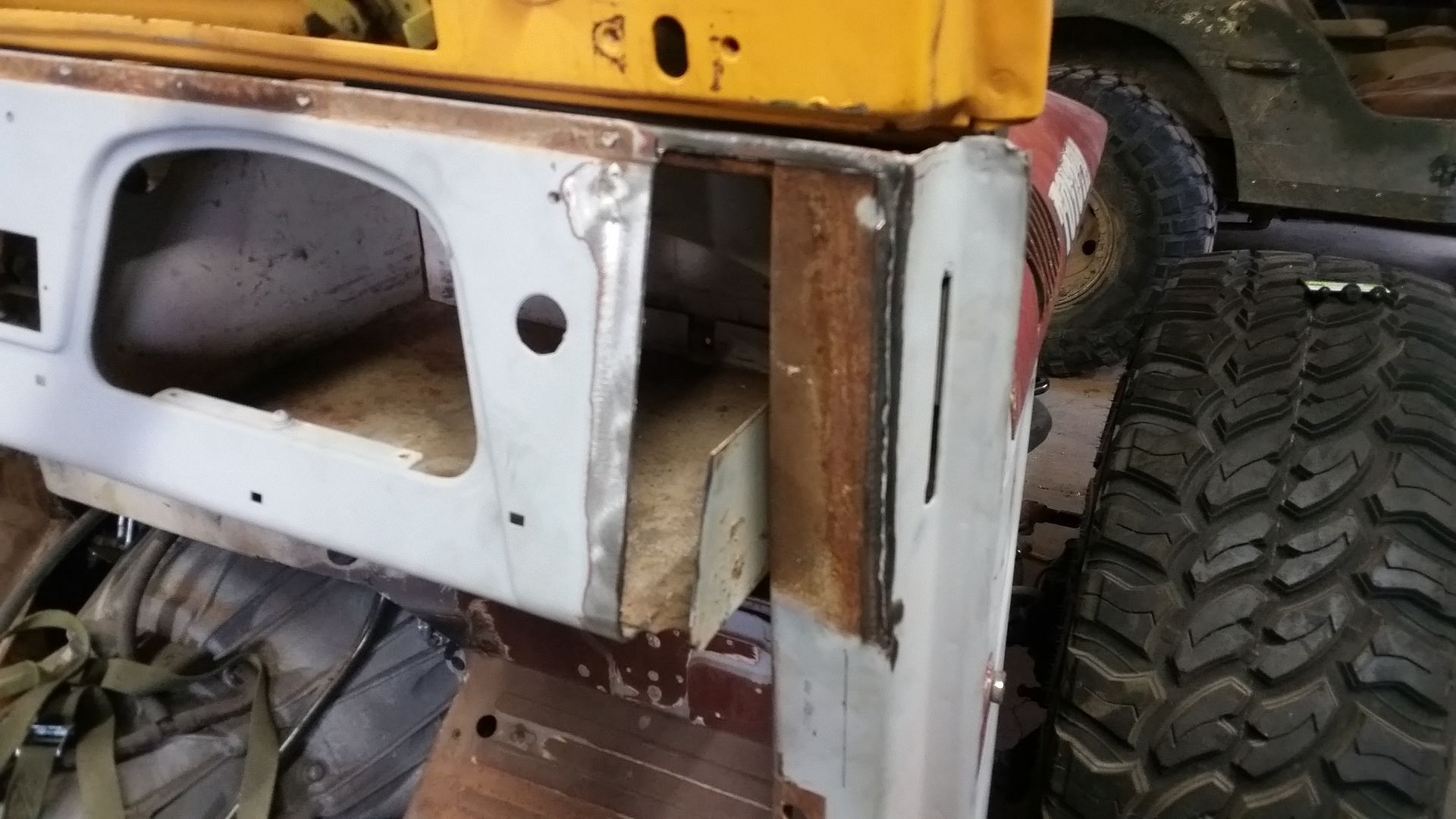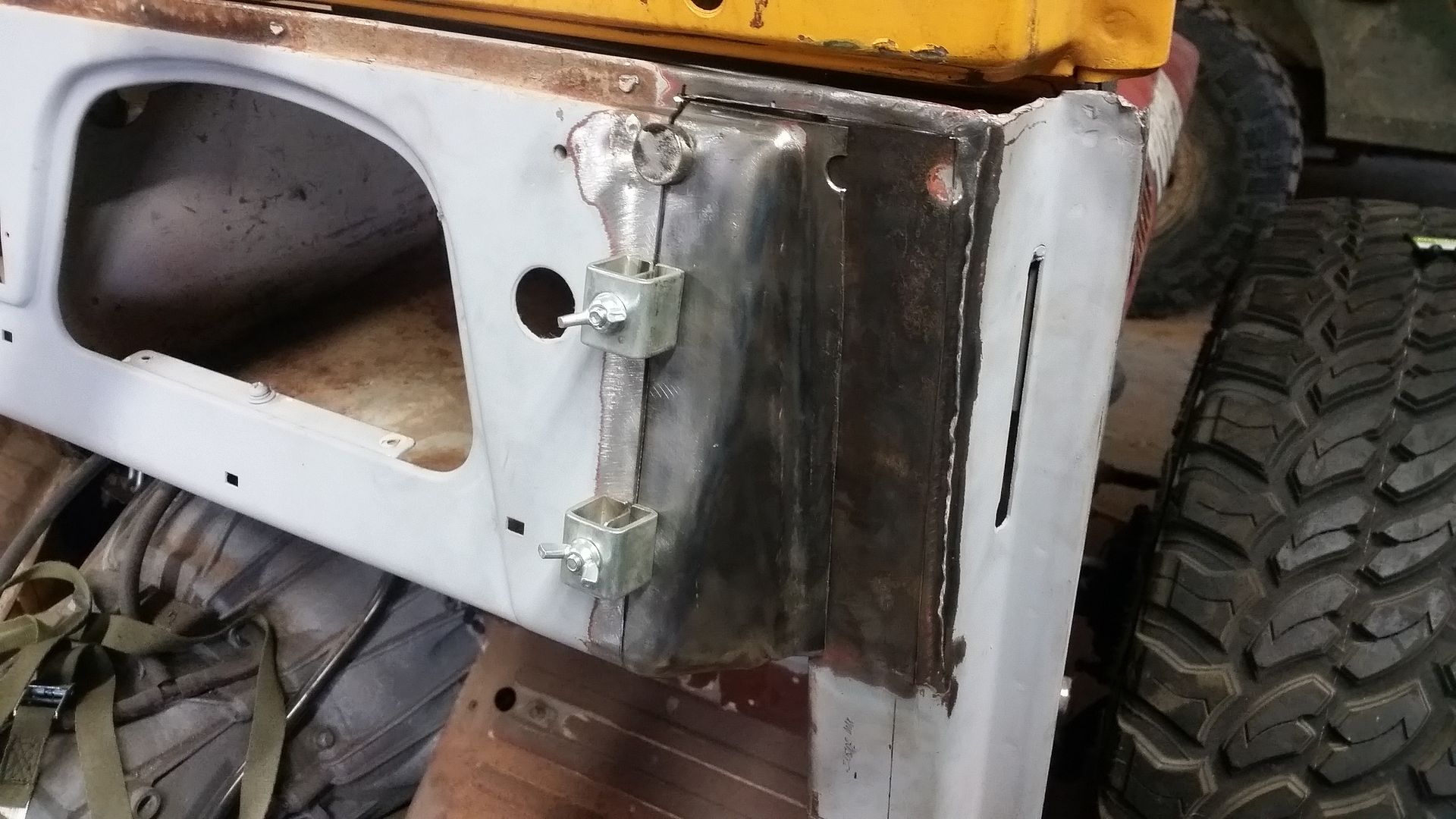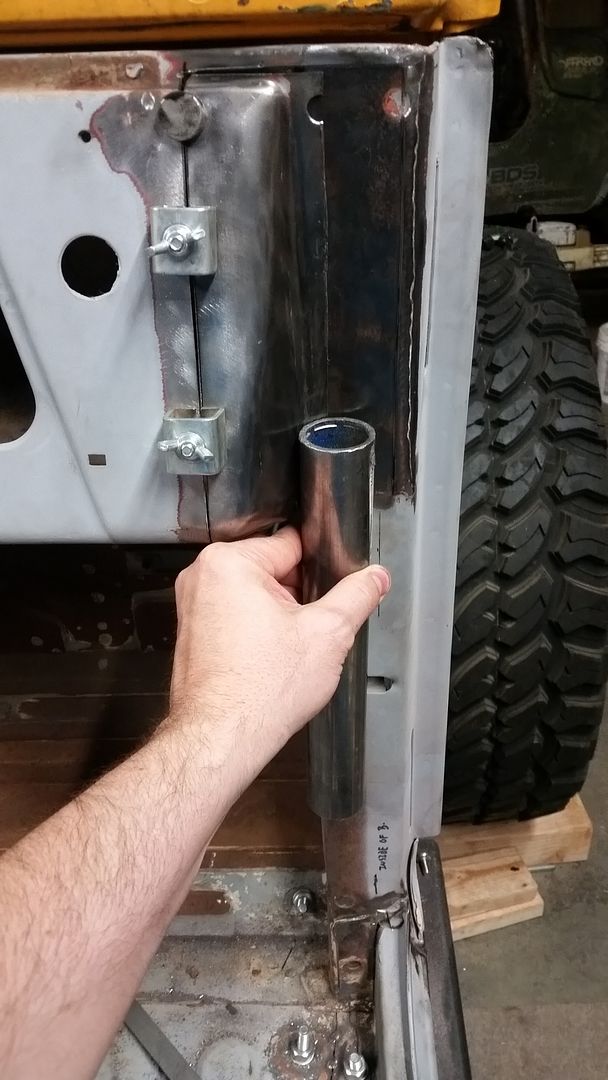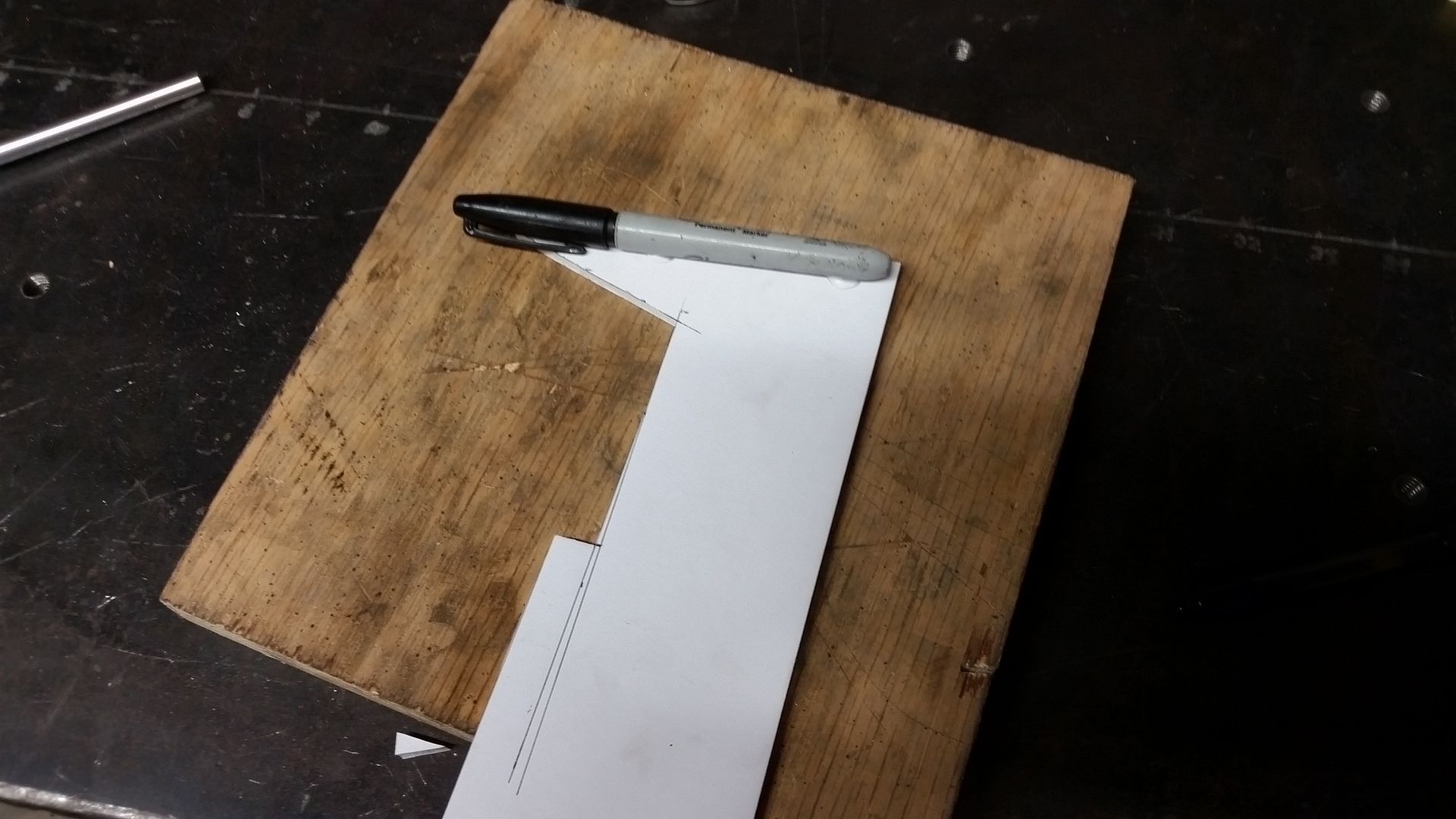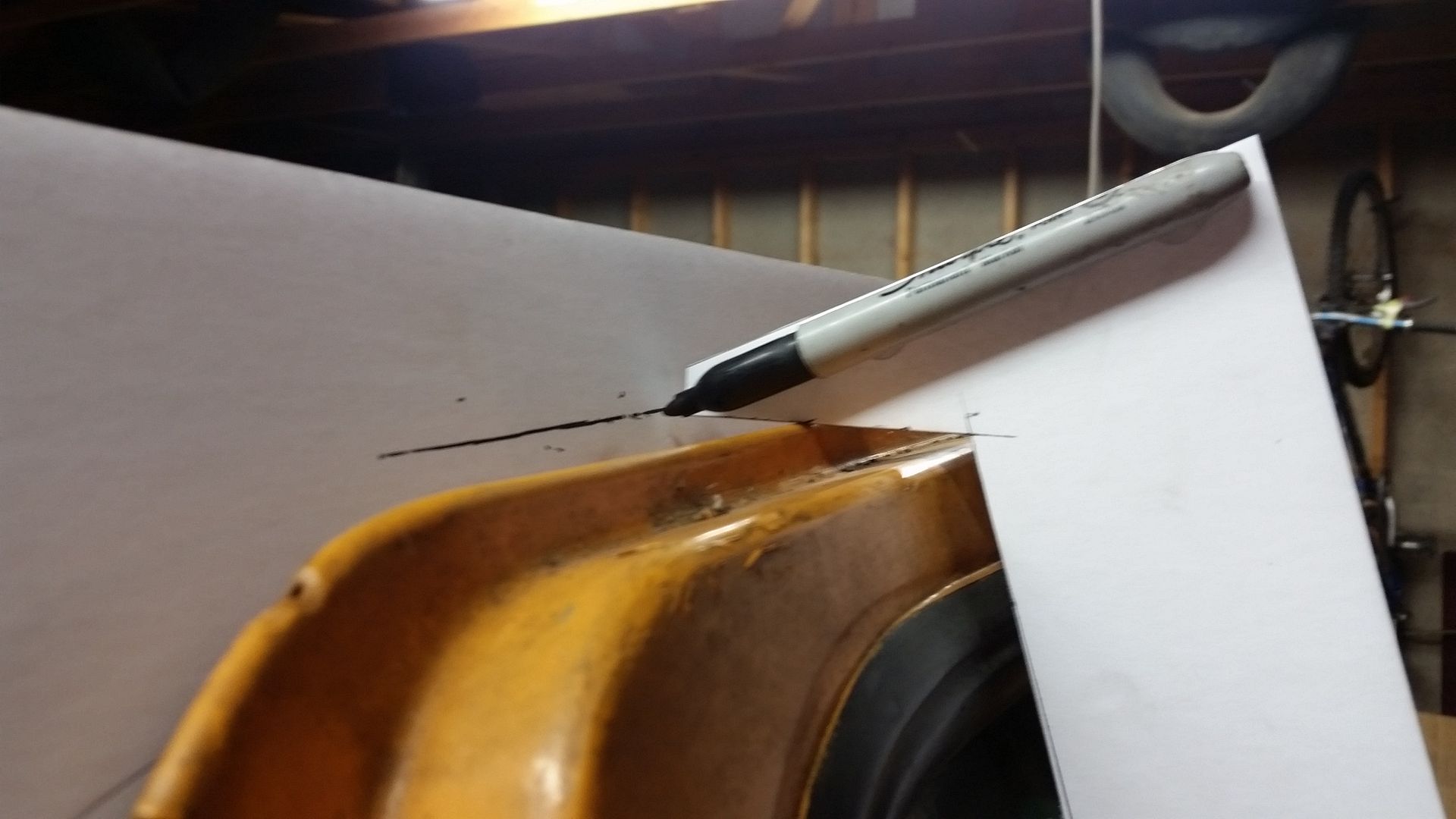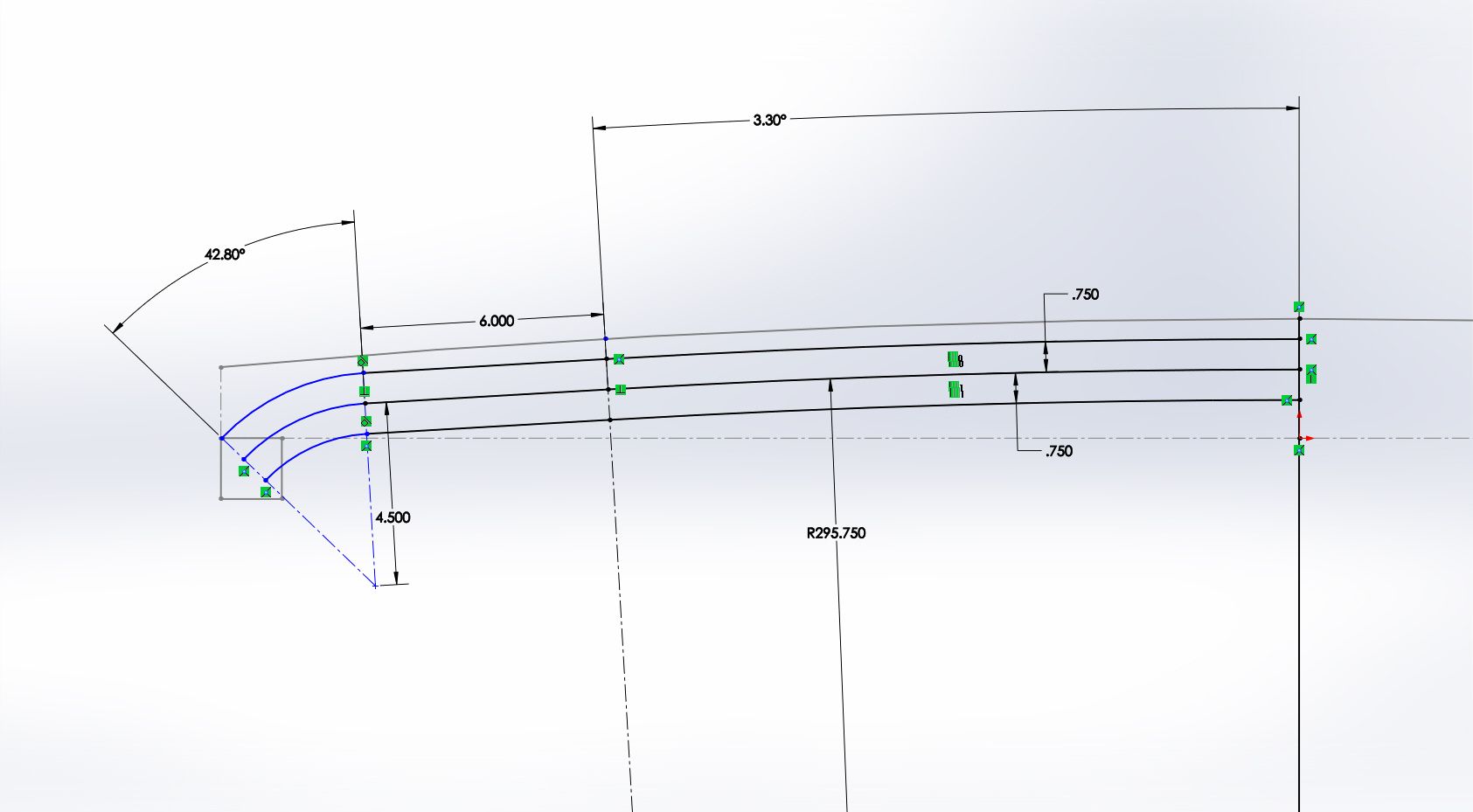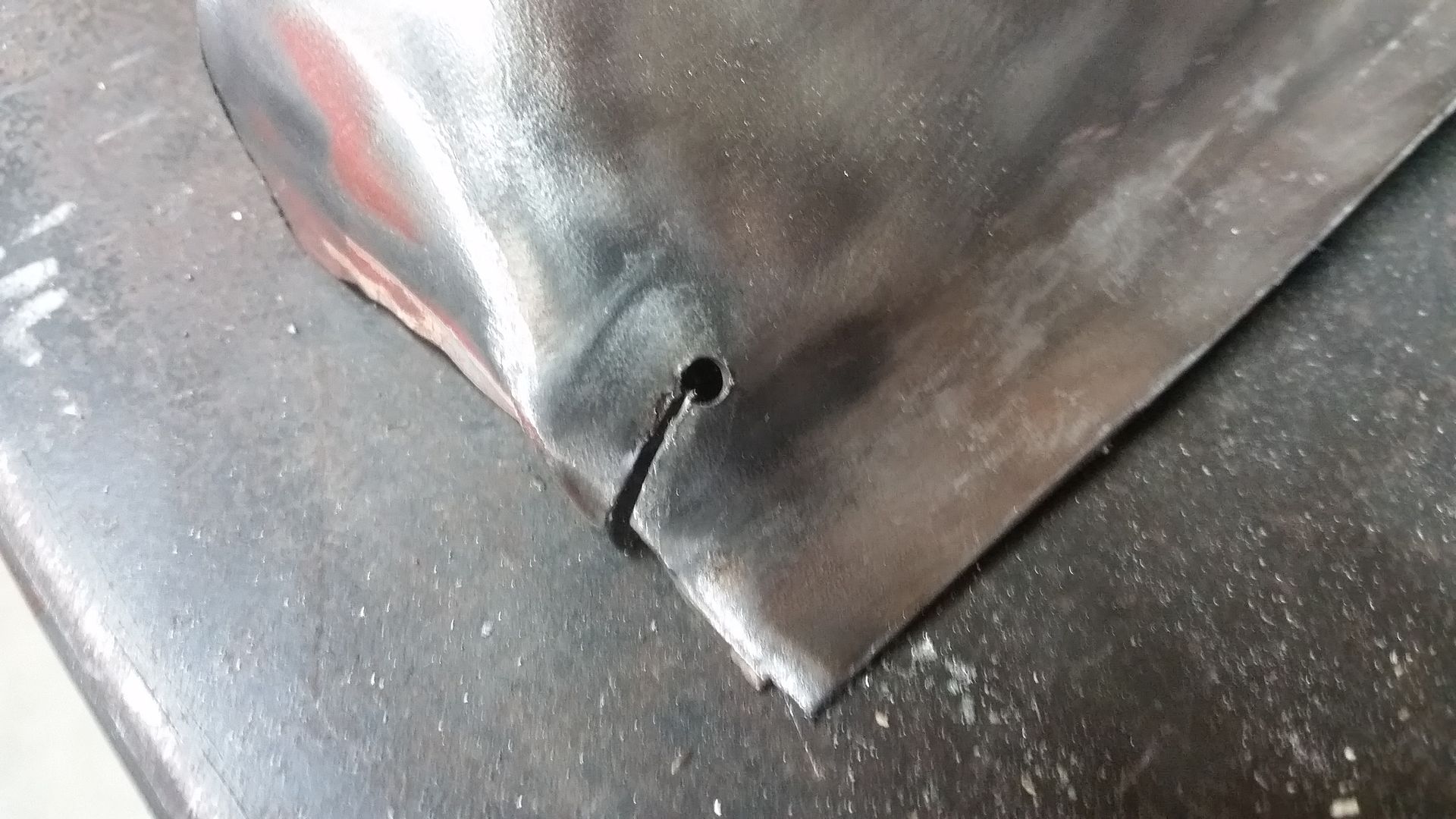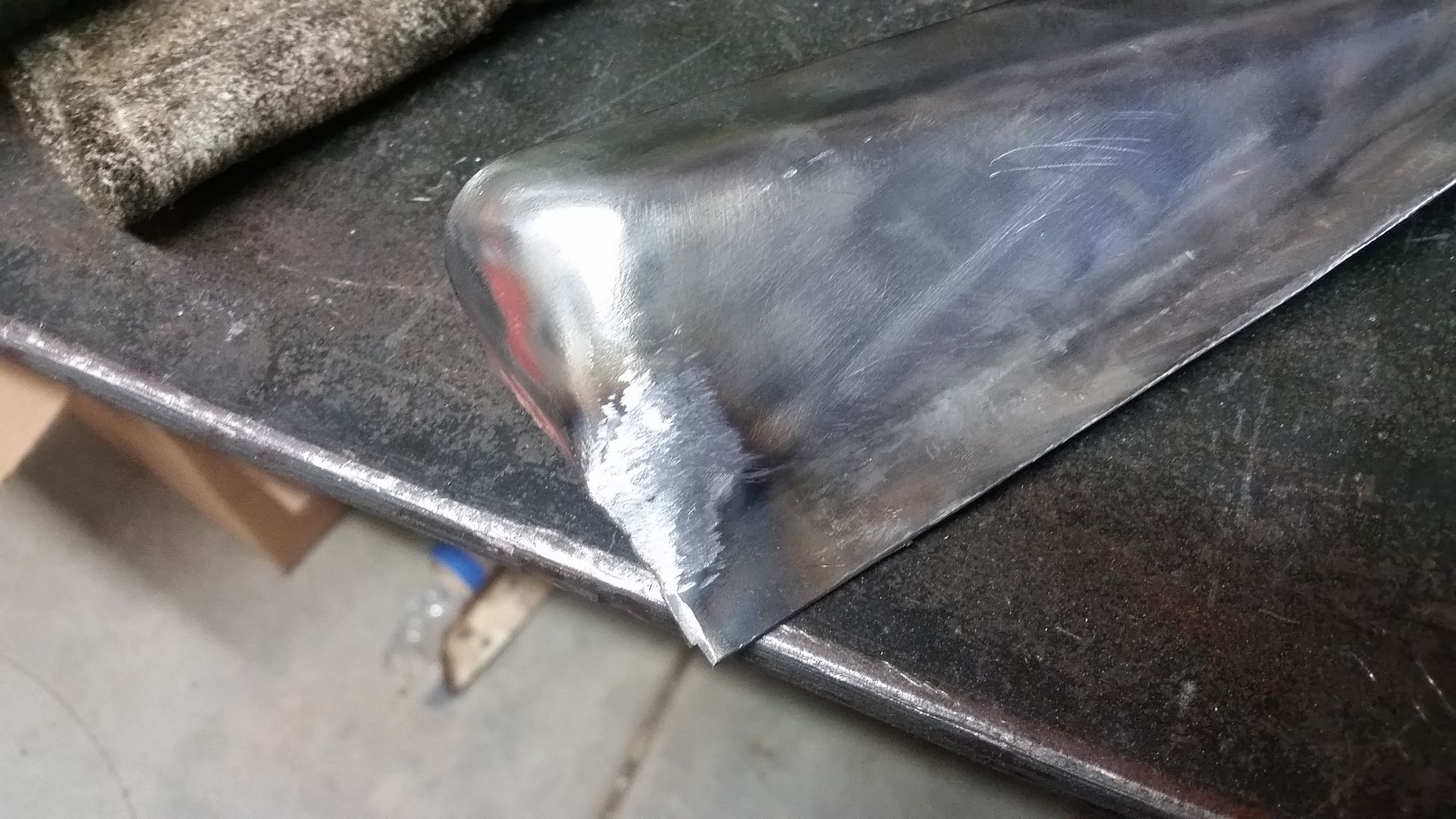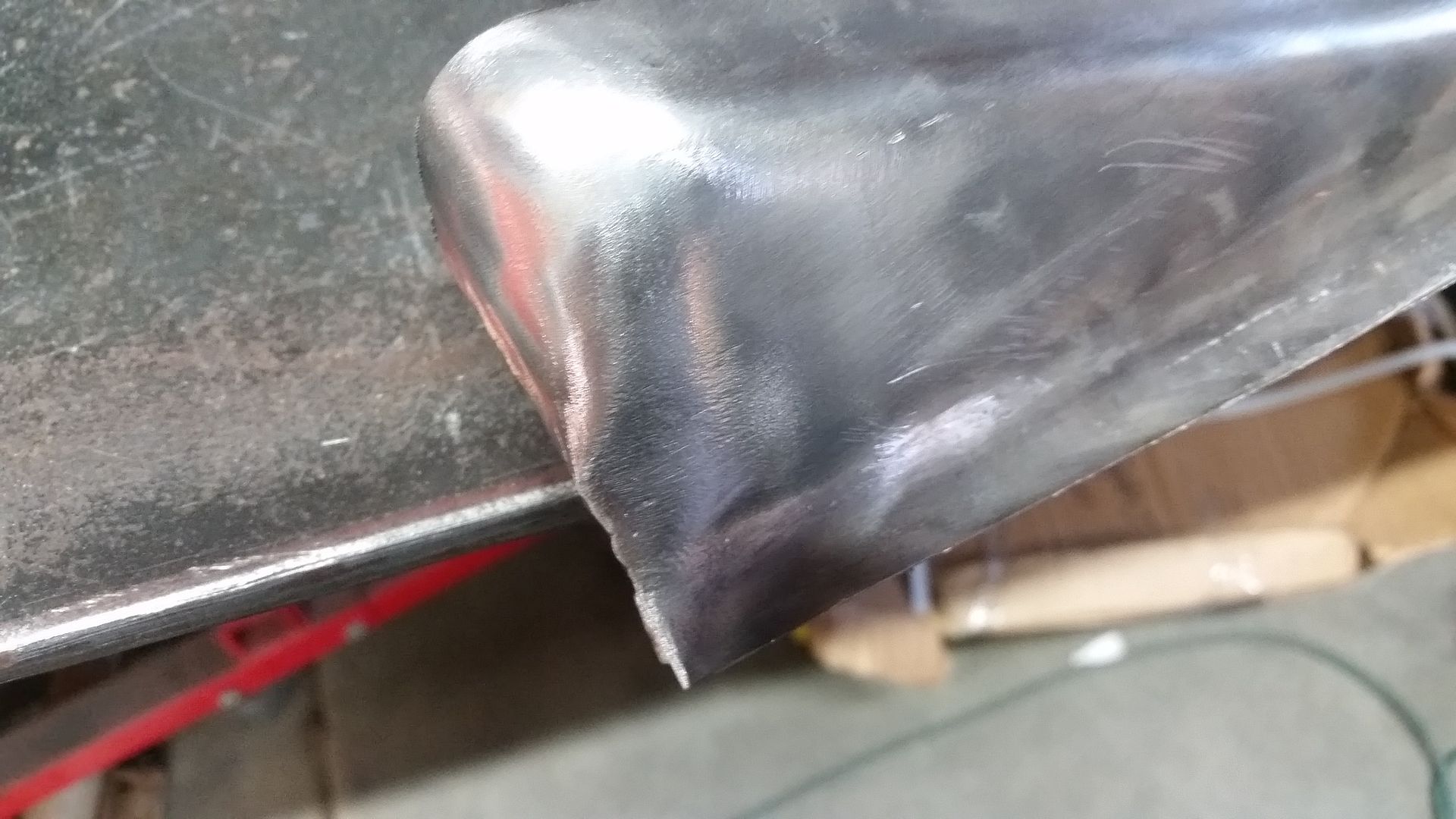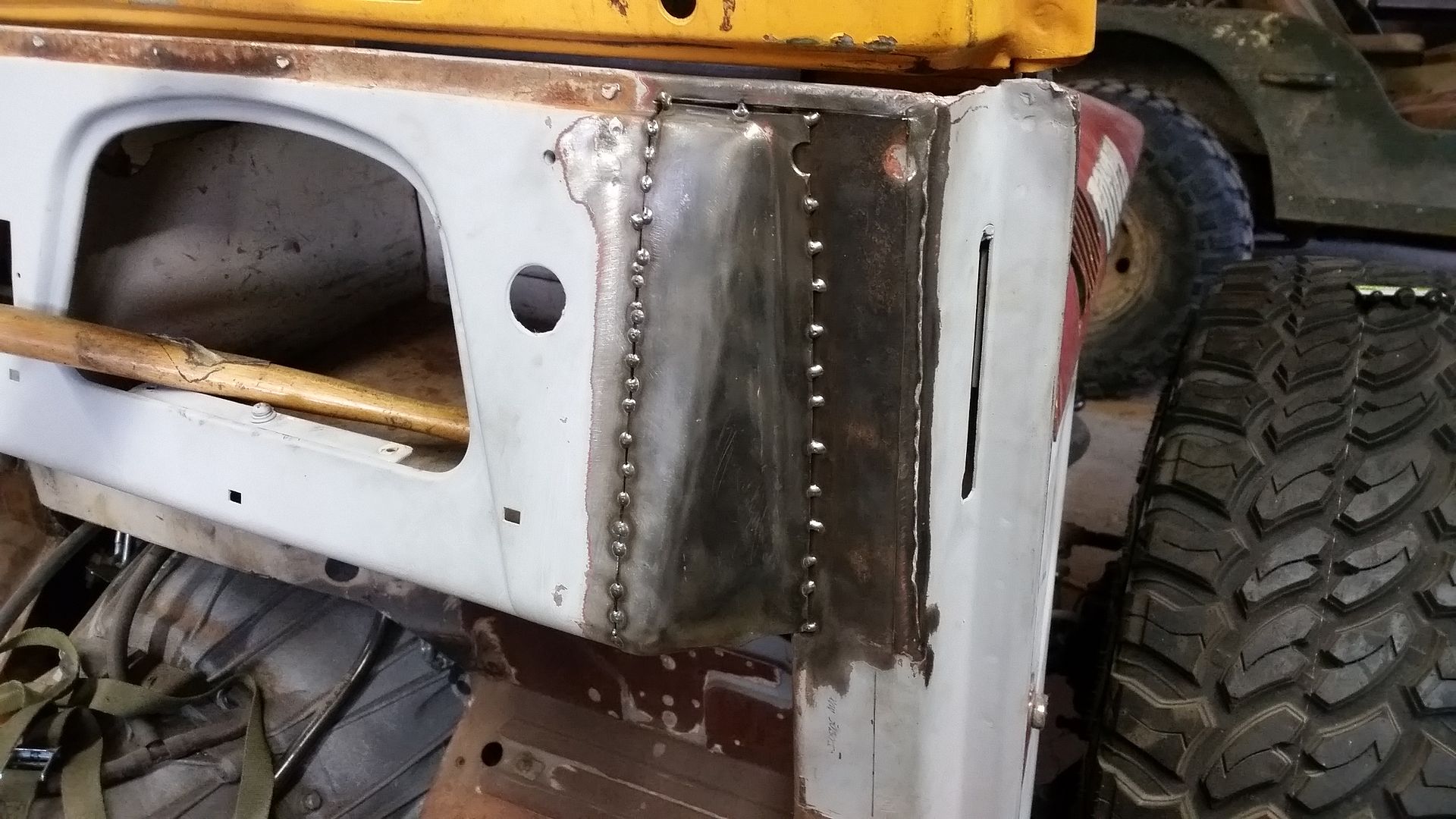justcuz
Explorer
Maybe, since I am stretching the cabin area from 'stock' FJ45 length a little bit, things become a little more complicated.
If I did start with a stock roof panel I would have to cut it into a lot of pieces and hope it all came back together somehow. Once you pie cut something the rear lines change, changing lengths makes you have to add/subtract crowned material, then you have to blend it all together. At some point, starting from scratch will be easier....I am not 100% sure where that point is.
Making the top panel is a personal challenge to push my skills. I really want to make that panel out of slightly thicker aluminum material for some added structure in case the vehicle where to roll in soft material. I also want to try to make it in one piece to eliminate having to finish a bunch of seams out for paint. Making the female buck will be the hardest part. Once I have the buck, I think forming the material will actually be pretty easy with a 'flow florming' process. Making an accurate, and symmetric, female buck with about 3" of depth will be a challenge. I am tossing around a few ideas on how to make that, it is still a ways off so I have time to ponder. I really don't even have to do that till after the vehicle is running for the most part. The top will be an add-on 'modular' feature to the vehicle.
Gotcha on the pie cut, my thought was it would be small enough to avoid a ton of puzzle piecing.
I hope you can achieve the top construction you are explaining.
Seems like it would require a lot of force to make the heavier aluminum fit the female mold, or I am imagining aluminum heavier than you intend to use.
Have you given any thought to making a mold and laying up the top out of fiberglass? Not as challenging, but the mold could be kept for remanufacturing replacements, same as the female one for the aluminum top.
Have not been back to Pirate since the e-mail, log in disaster, do you have more info over there?
Last edited:

